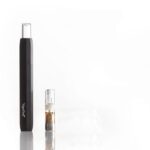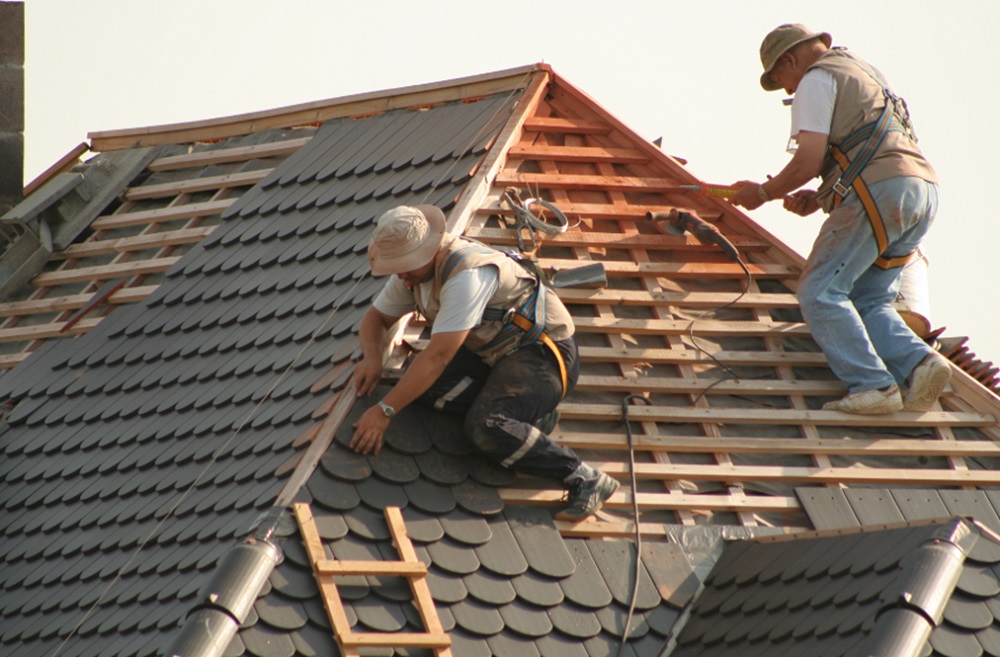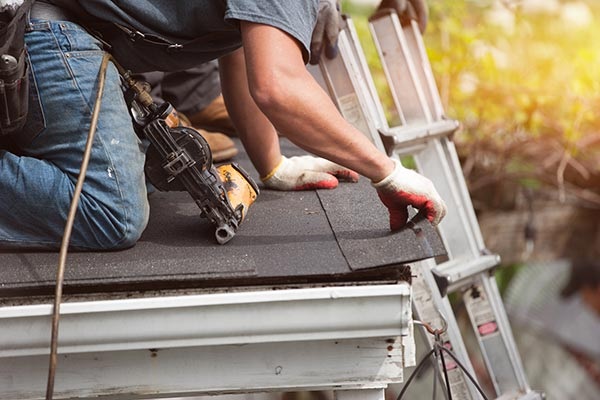A well-maintained roof is crucial for protecting your home from the elements and ensuring its overall structural integrity. Regular roof inspections are essential to identify potential issues before they become costly problems. This guide provides a comprehensive overview of roof inspections, focusing on the importance of timely assessments, the process of inspection, and the implications for roof replacement.
Why Roof Inspections Matter
Roof inspections are a proactive measure to maintain the health of your home. They offer several benefits:
- Early Detection of Issues: Regular inspections help identify minor issues before they escalate into major problems. Early detection can prevent leaks, mold growth, and structural damage.
- Informed Decision-Making: Knowing the condition of your roof enables you to make informed decisions about necessary repairs or a full roof replacement.
- Extended Roof Lifespan: Regular maintenance and timely interventions can extend the lifespan of your roof, ultimately saving you money in the long run.
- Increased Property Value: A well-maintained roof enhances the value of your property and makes it more attractive to potential buyers.
The Roof Inspection Process
A professional roof inspection involves several key steps to ensure a thorough assessment:
- Visual Inspection: The inspector will examine the roof’s surface for visible signs of damage, such as missing shingles, cracks, or sagging. This includes checking gutters, downspouts, and flashings.
- Interior Inspection: Inside the home, the inspector will look for signs of water damage or leaks on ceilings and walls, which may indicate roofing issues.
- Structural Evaluation: The structural integrity of the roof, including the decking and underlying supports, will be assessed. This step is crucial to determine if the roof can support the necessary repairs or if a complete residential roof replacement is needed.
- Detailed Reporting: After the inspection, the inspector will provide a detailed report outlining their findings and recommendations. This report may include photographs and suggestions for repairs or replacement.
When to Schedule a Roof Inspection
To ensure your roof remains in optimal condition, schedule inspections at the following times:
- After Severe Weather: Following storms, high winds, or heavy snowfall, it’s essential to inspect your roof for any damage that may have occurred.
- Before and After Major Seasons: Inspecting your roof before winter and after summer can help address any issues caused by extreme weather conditions.
- When Selling or Buying a Home: A pre-purchase inspection can uncover potential issues, while a pre-sale inspection ensures the roof is in good condition to avoid any surprises during the selling process.
Understanding Roof Replacement Needs
If an inspection reveals significant damage or wear, a roof replacement may be necessary. Here’s what you should know:
- Signs That You Need a Roof Replacement: Extensive shingle damage, persistent leaks, and an aging roof are common indicators that a replacement is needed.
- Choosing the Right Materials: Selecting high-quality materials for your new roof is crucial for durability and performance. Options include asphalt shingles, metal roofing, and tiles, each with its own benefits and lifespan.
- Professional Installation: Ensure that your roof replacement is handled by a reputable contractor with experience in residential roof replacement. Proper installation is vital to the longevity and effectiveness of your new roof.
- Cost Considerations: Roof replacement can be a significant investment. It’s important to get multiple quotes and understand what is included in the cost. Consider factors such as warranty coverage and the long-term benefits of different roofing materials.
Maintaining Your New Roof
After a roof replacement, ongoing maintenance is key to preserving your investment:
- Regular Inspections: Continue with periodic inspections to catch any issues early and ensure that the new roof remains in good condition.
- Prompt Repairs: Address any minor repairs as soon as they arise to prevent them from becoming larger problems.
- Gutter Maintenance: Keep gutters and downspouts clear of debris to prevent water damage and ensure proper drainage.
- Professional Maintenance Services: Consider hiring a professional for routine maintenance tasks, such as cleaning and checking for wear and tear.
Conclusion
Regular roof inspections are essential for maintaining the safety and longevity of your home. By identifying potential issues early and understanding when a roof replacement might be necessary, you can protect your investment and ensure that your home remains secure and comfortable. Prioritize regular inspections and timely maintenance to enjoy the full benefits of a well-maintained roof.


 Using SQL for Bayesian Inference: Building Probabilistic Models with Data
Using SQL for Bayesian Inference: Building Probabilistic Models with Data  Why do people love the surprises in online slot games?
Why do people love the surprises in online slot games?  Can shockwave for ED help men with high cholesterol?
Can shockwave for ED help men with high cholesterol?  Feeding Sheep Through the Seasons: Changing diets for summer and winter
Feeding Sheep Through the Seasons: Changing diets for summer and winter  Role of CBD Vape Pens in Natural Pain Relief?
Role of CBD Vape Pens in Natural Pain Relief?  Simple Steps to Prevent Burnout Before It Takes a Toll
Simple Steps to Prevent Burnout Before It Takes a Toll  Why Low-Acid Organic Coffee is the Perfect Choice for Sensitive Stomachs?
Why Low-Acid Organic Coffee is the Perfect Choice for Sensitive Stomachs?  Which Ayurvedic Medicine is the Best Tablet for Piles?
Which Ayurvedic Medicine is the Best Tablet for Piles?  Discover the Latest Hits on Zee5: Must-Watch Movies and Series
Discover the Latest Hits on Zee5: Must-Watch Movies and Series 
